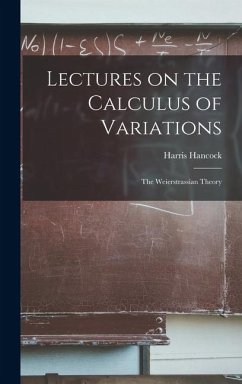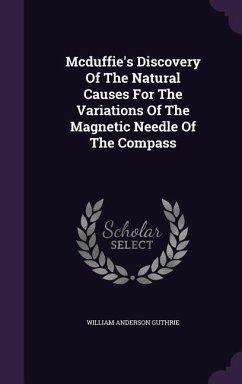
Variations on a Theme
Patterns of Congruence and Divergence Among 18th Century Chemical Affinity Theories
Versandkostenfrei!
Versandfertig in 6-10 Tagen
52,99 €
inkl. MwSt.

PAYBACK Punkte
26 °P sammeln!
This work examines affinity theories espoused byBritish chemists of the 18th Century, exposing adegree of theoretical variation at odds with thereceived view of a unified, monolithic affinitytheory . Showing that affinity was valued for itsutility and its ability to guide chemical practice,it explains how theories were formulated specificallyto assist the chemist at an operational level. Thiswork explores the roles assigned to affinity inchemical practice and, in particular, in chemicalpedagogy. It traces a complex structure ofcorrespondences and divergences amongst affinitytheories by compari...
This work examines affinity theories espoused by
British chemists of the 18th Century, exposing a
degree of theoretical variation at odds with the
received view of a unified, monolithic affinity
theory . Showing that affinity was valued for its
utility and its ability to guide chemical practice,
it explains how theories were formulated specifically
to assist the chemist at an operational level. This
work explores the roles assigned to affinity in
chemical practice and, in particular, in chemical
pedagogy. It traces a complex structure of
correspondences and divergences amongst affinity
theories by comparing theoretical components
performing the same operational role within different
theories. In spite of the evident variations amongst
affinity theories, a public consensus still held
throughout the 18th century. The lack of controversy
is evidence of an array of predominantly tacit
concepts forming part of each theory to which all
subscribed; this common ground was at the heart of
the apparent public consensus. The work shows how
in due course affinity became a fundamental part of
the chemical norm to which the majority of chemists
assented.
British chemists of the 18th Century, exposing a
degree of theoretical variation at odds with the
received view of a unified, monolithic affinity
theory . Showing that affinity was valued for its
utility and its ability to guide chemical practice,
it explains how theories were formulated specifically
to assist the chemist at an operational level. This
work explores the roles assigned to affinity in
chemical practice and, in particular, in chemical
pedagogy. It traces a complex structure of
correspondences and divergences amongst affinity
theories by comparing theoretical components
performing the same operational role within different
theories. In spite of the evident variations amongst
affinity theories, a public consensus still held
throughout the 18th century. The lack of controversy
is evidence of an array of predominantly tacit
concepts forming part of each theory to which all
subscribed; this common ground was at the heart of
the apparent public consensus. The work shows how
in due course affinity became a fundamental part of
the chemical norm to which the majority of chemists
assented.












